Hey dear Hive community, I hope you all had a nice day and wish you a pleasant start to the weekend! In this post I would like to present you a wonderful work of art that was made of pewter and go into the history of this metal.
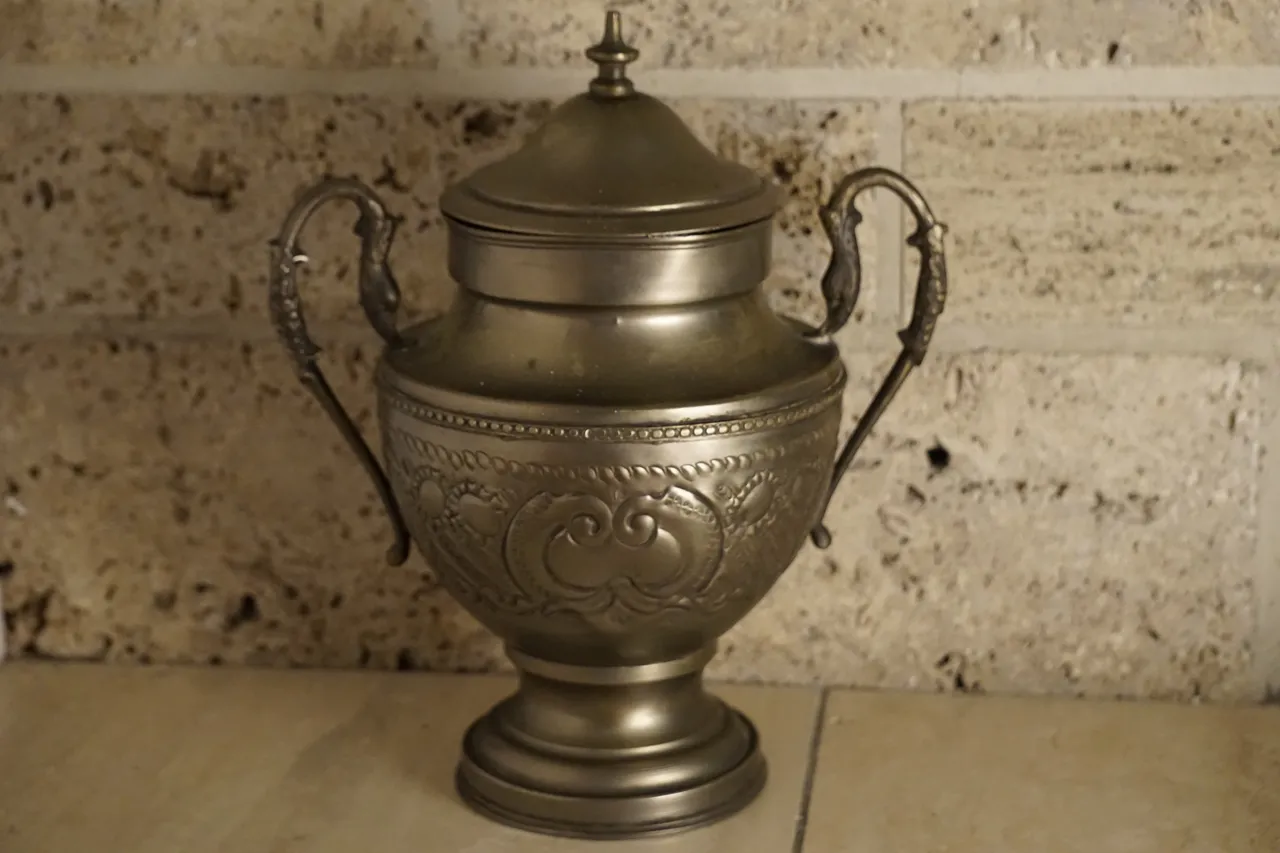
You can see here a container which, as I could see from a lettering, originally comes from the Arab region and the artist worked very precisely and put much of his creativity into this work. On the side you can see some beautiful patterns and ornaments of flowers which were made in great detail. In general, I find this artwork extremely authentic and it has its own nostalgic flair that does not need to hide.
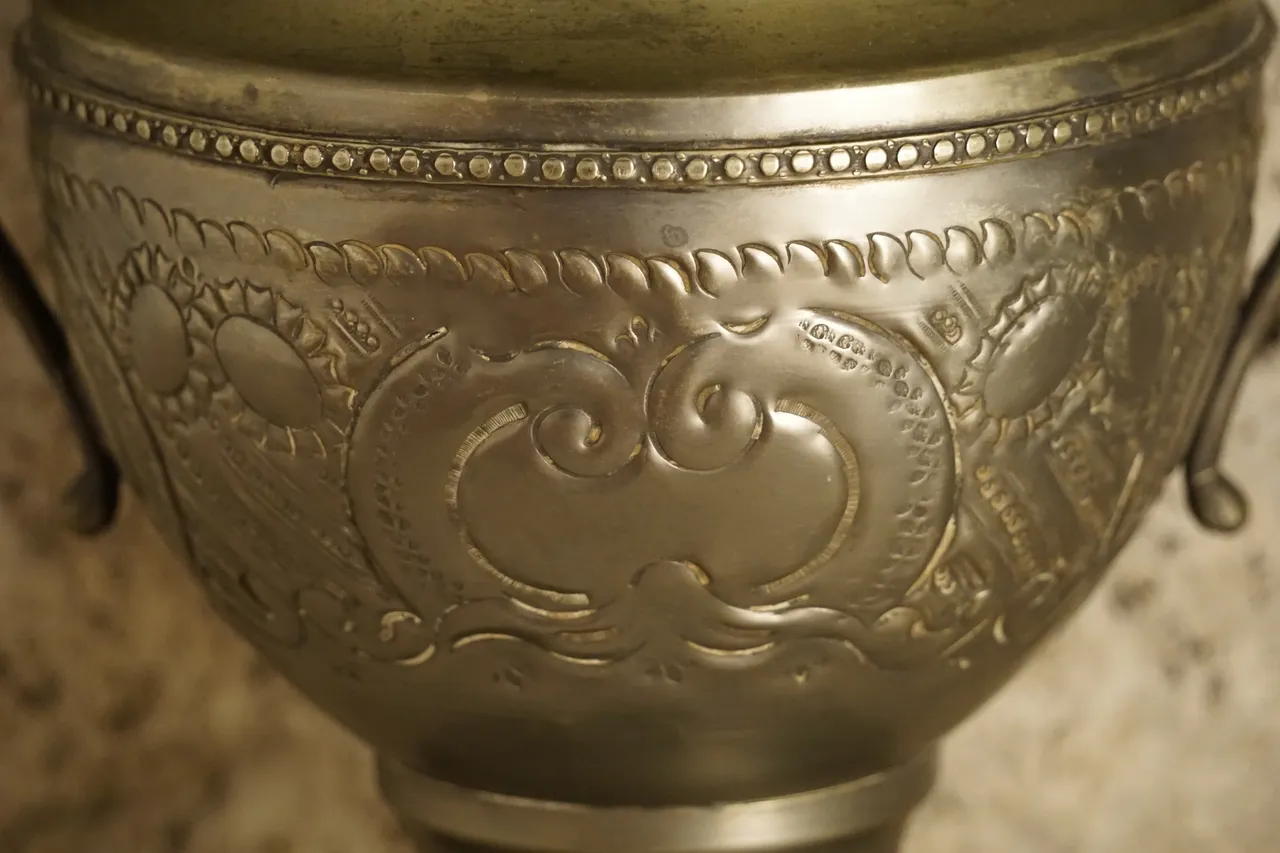
It is a relatively soft metal which you can recognize by the fact that you can easily scratch it with a knife. Another property is that pewter is very sensitive to cold and already disintegrates to dust at less than 13,2 degree Celsius. By water or cold it can start to oxidize and take on a gray color and tin generally has a low melting point of about 230 degree Celsius. Pewter is also very elastic and causes a gentle noise when bending, which is also known as the cry of the tin.
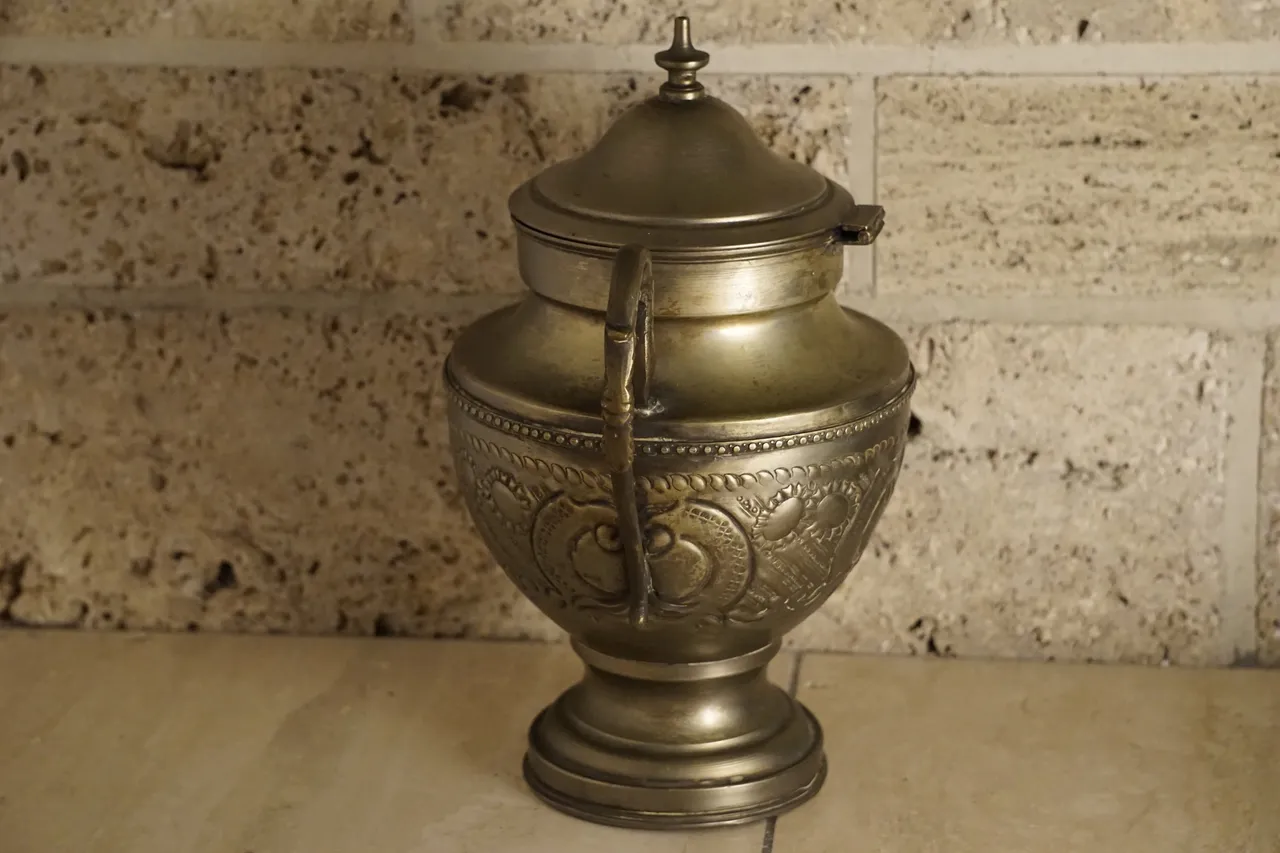
Pewter is one of the oldest metals and the traces can historically be traced back to the Asian region for 5000 years and has already been processed there by the blacksmiths. The first pure processing facility of pewter was discovered in Turkey in Göltepe and the traces suggest that it was created in 3000 B.C. Today, the four most important producers of tin include China, Peru, Indonesia, Bolivia and Brazil. Today pewter still enjoys great popularity and is also essential for the industry and Pewter is especially of advantage for the electronics industry and it is also important for the further processing of the metal industry for tinplate or cans.
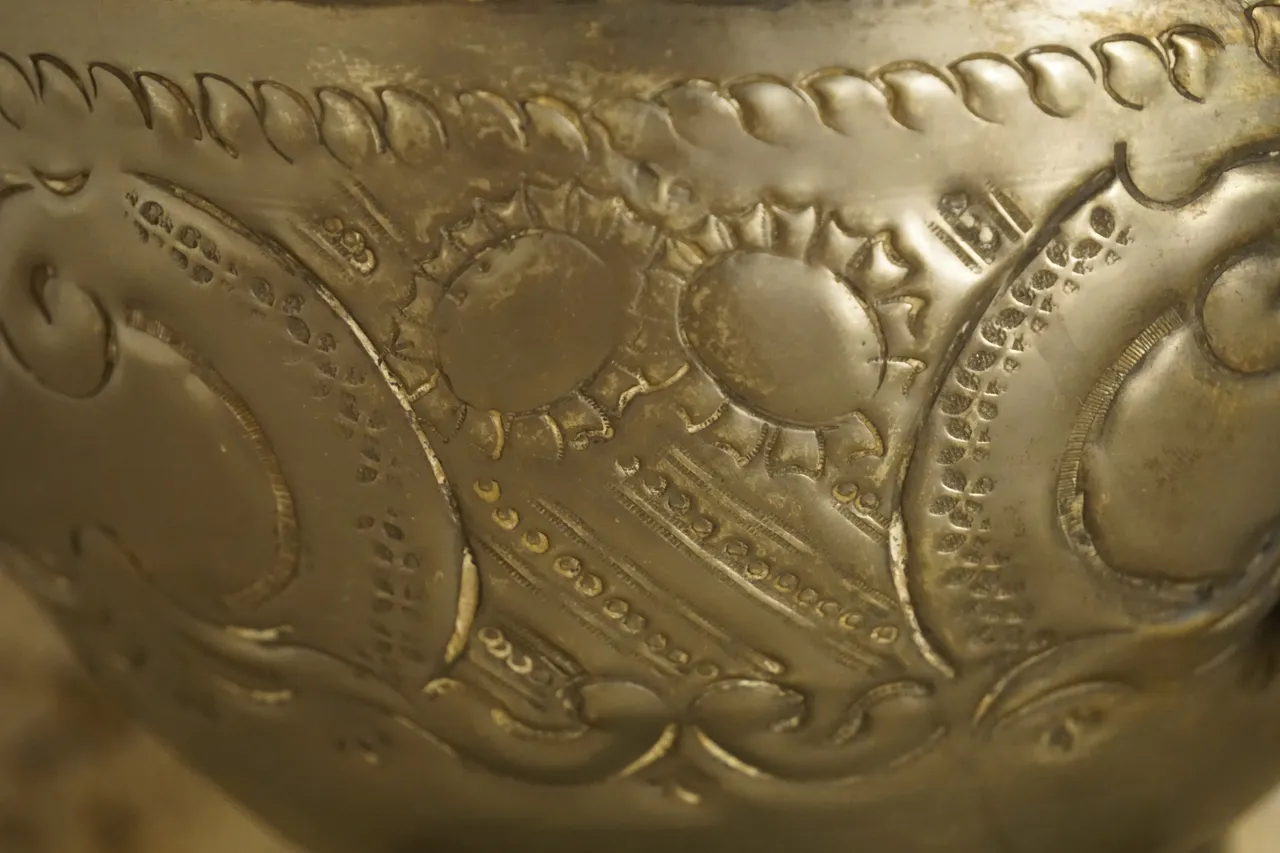
Also in ancient Egypt and Mesopotamia, pewter had a high priority as can be seen from ancient finds and it was especially important for the production of bronze at that time and has shaped the Bronze Age. In ancient times, pewter was used a lot for the production of tableware and other everyday objects as well as tools, artworks and weapons. Over time, the value of tin became more and more known and new trade routes opened up and trade flourished more and more.
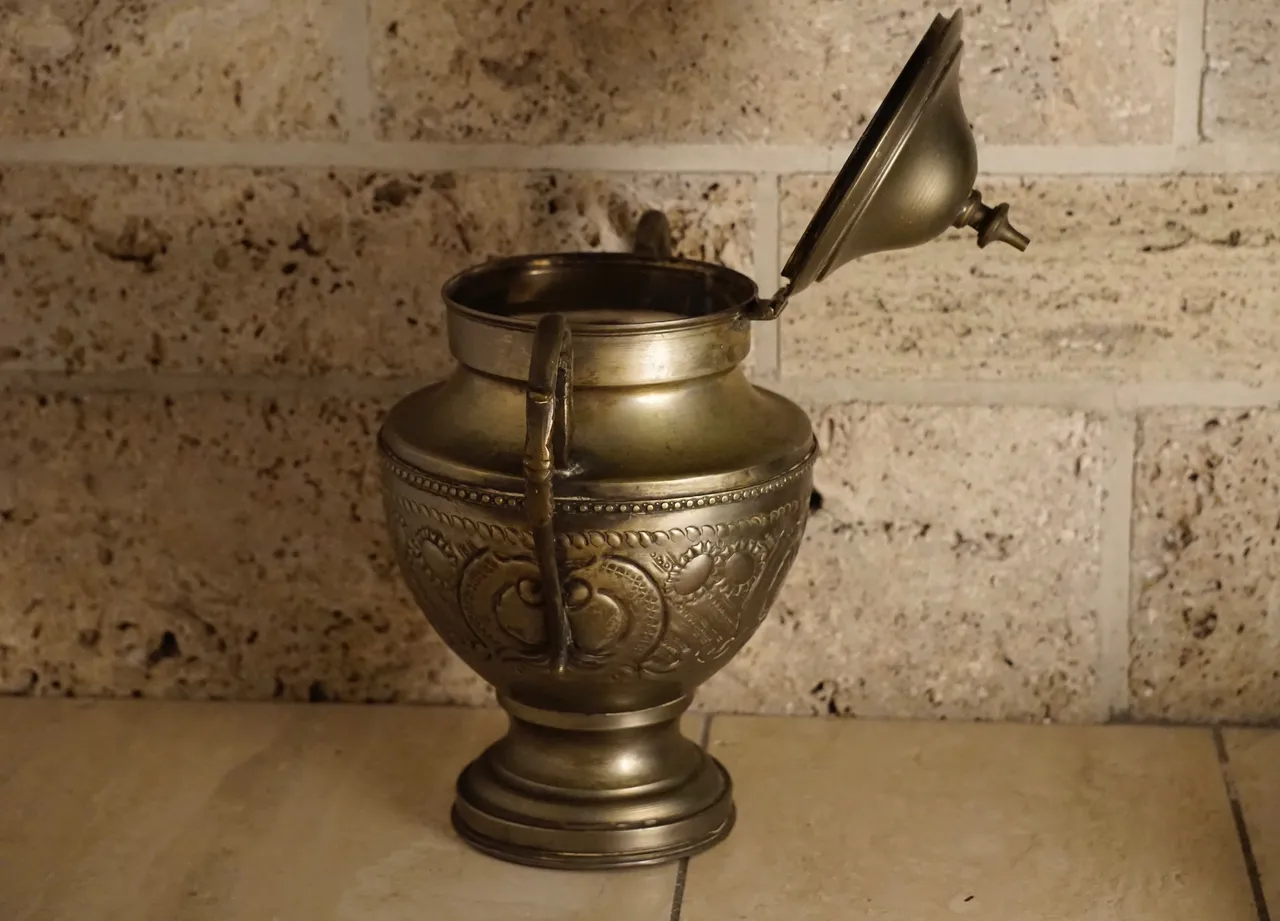
Important in pewter history is the city of Cornwall, which was already a central source of this metal in the Bronze Age. Until the 19th century, Cornwall was still one of the most important trade routes for pewter and covered over 50% of world trade. The ancient alchemists also appreciated pewter very much and it is one of the 7 metals that are in turn associated with the 7 planets and pewter stands for the planet Jupiter. In the field of alternative medicine, pewter is also needed for the production of homeopathic medicines and it is also very important for the production of different artworks.
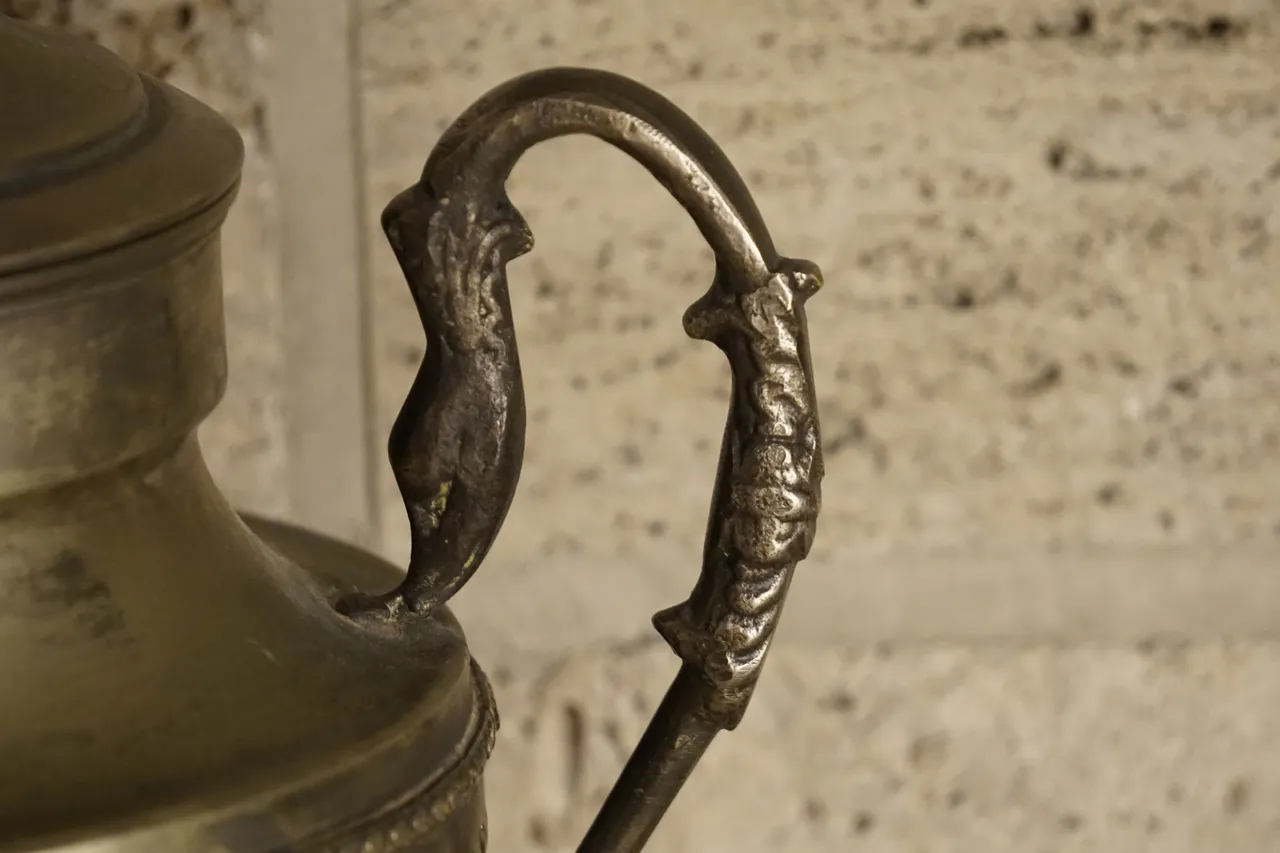
I hope you like my new post and you can learn something new! I captured these pictures with my Camera Sony Alpha 6000 plus 55-210 mm lens!